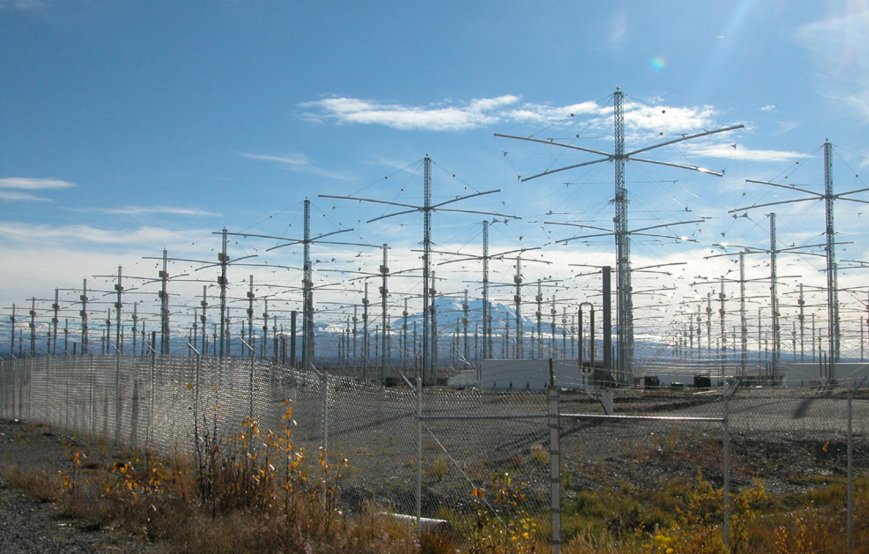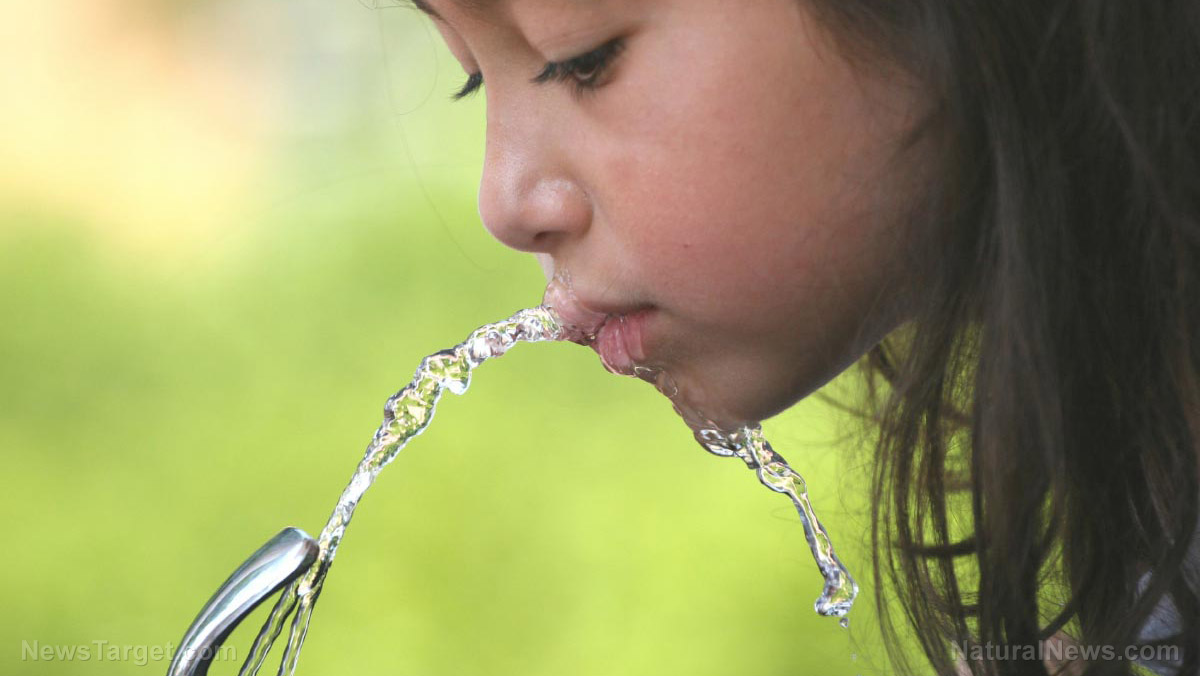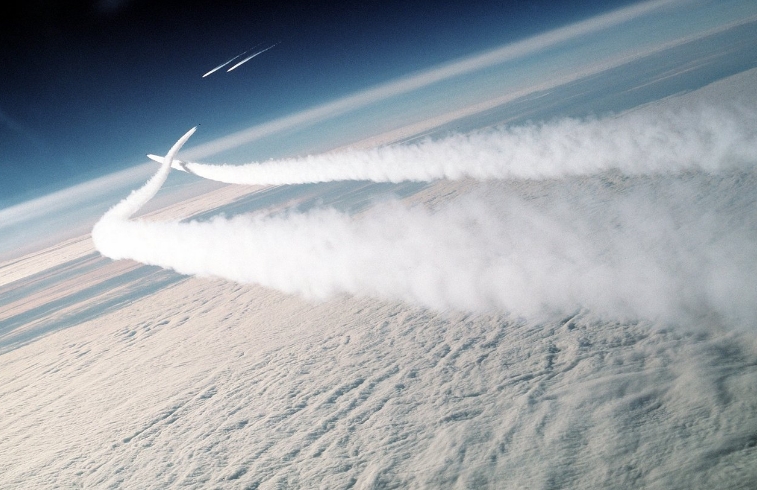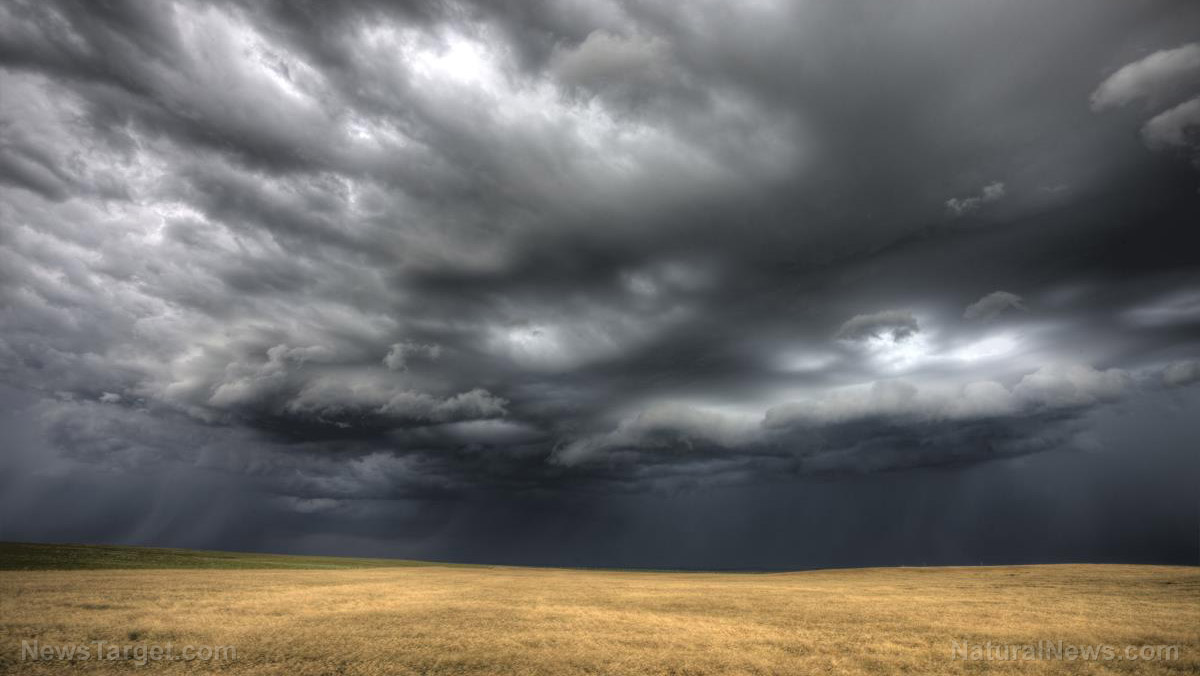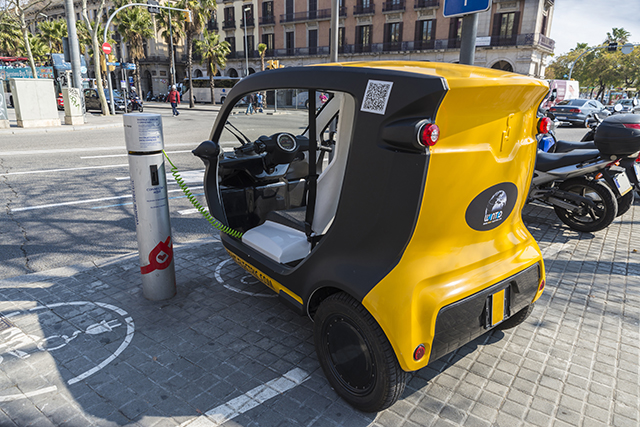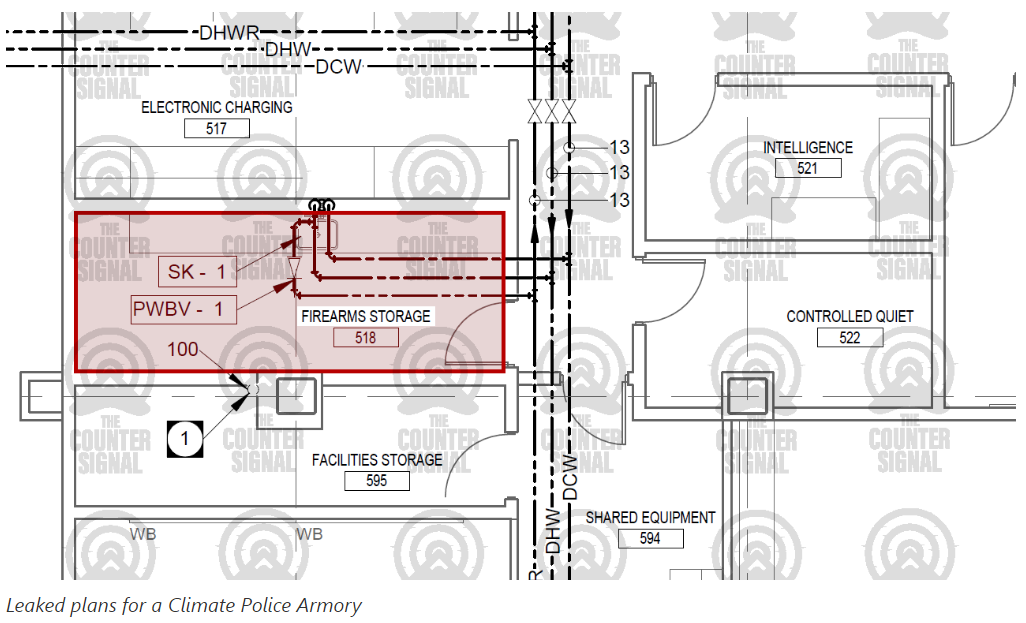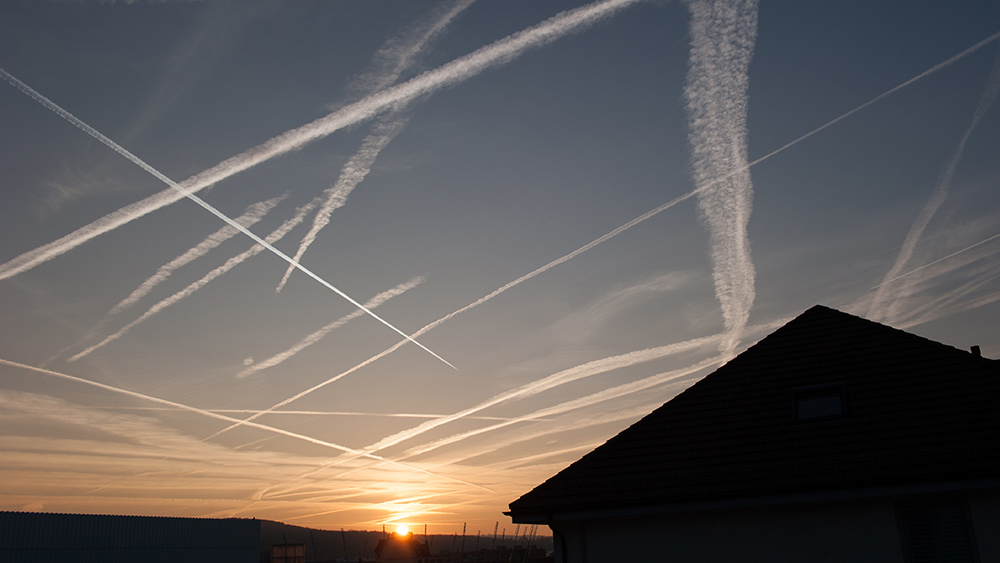Hundreds dead and thousands homeless as flooding ravages Western Europe
07/19/2021 / By Cassie B.
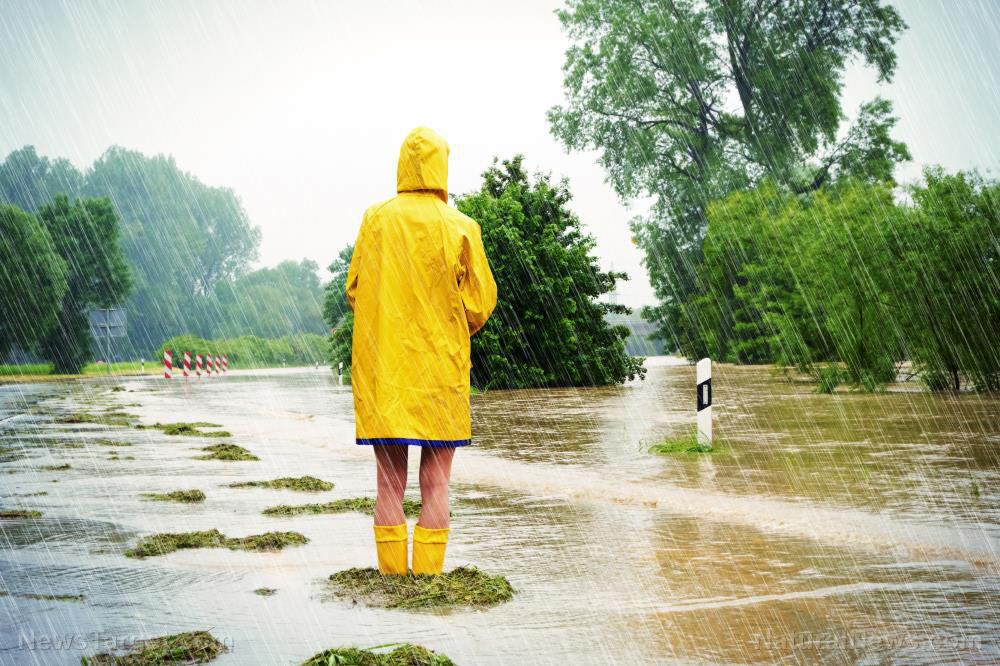
Rescue crews are working around the clock to try to find survivors of extensive floods that have been causing devastation across Western Europe. The death toll so far exceeds 150 people, and rescuers believe that figure will climb as more bodies are discovered. Thousands of people have been left homeless after their homes were destroyed or deemed at risk, and officials are already concerned about the long-term economic effects that the lost homes and businesses will have so soon after COVID-19-related upheaval.
The flooding was caused by record rainfall on the continent. Germany and Belgium have been the hardest hit, but the Netherlands, Luxembourg and Switzerland have also been affected.
In Germany, more than 100 people have died so far, and President Frank-Walter Steinmeier said that the devastation was shocking. At a news conference, he said: “Whole places are scarred by the disaster. Many people have lost what they have built all their lives.”
The worst-hit areas there are North Rhine-Westphalia, Saarland and Rhineland-Palatinate. Floodwaters swept through one assisted living center, killing a dozen disabled people there, and there are still many people unaccounted for.
Rescue efforts have been complicated by difficult conditions as anxious relatives wait for news of their loved ones. A lot of abandoned cars have been found on flooded roads, but fire services report that many of the occupants of these cars must have reached dry land because they are not finding bodies inside.
One resident likened the damage to a war zone, saying that cars had been washed away and houses had been completely knocked down. Residents are now facing a tremendous cleanup effort, with huge piles of debris and mud-covered streets to contend with. Many businesses have been entirely swept away, ruining people’s livelihoods. One hotel owner said the floods came on quickly and rose as high as six feet.
Belgium, Switzerland and the Netherlands also dealing with flooding nightmare
In Belgium, meanwhile, armed forces have been sent out to four of the country’s ten provinces to assist in evacuation and rescue efforts, with Prime Minister Alexander de Croo declaring July 20 a national day of mourning. He called the floods “the most catastrophic our country has ever seen.” At least 20 lives have been lost there so far and Italy has sent officials in to help with the rescue efforts.
A river in the Swiss capital of Bern burst its banks last week, while Lake Lucerne is now flooding into the town. Flash flooding there has swept away cars, destroyed small bridges and flooded basements. In the Netherlands, rising waters that broke through a dike in the Limburg province sent thousands of people fleeing from their homes.
Across the internet, photos can be seen showing dramatic before and after photos of the damage across Western Europe. Many utility companies are reporting widespread disruptions of gas and electricity that they say may last for several weeks.
According to the World Meteorological Organization (WMO), some areas of Western Europe have been hit by two months worth of rainfall during just two days, a situation that was made worse by the fact that soil was already saturated by previous rainfall in the area.
Climate change alarmists like to link every natural disaster to global warming, and they’ve wasted no time taking advantage of people’s suffering to promote their agenda with this emergency. Although some in the German government have been quick to blame the floods on climate change, WMO spokesperson Clare Nullis said it was too soon to jump to that conclusion.
Sources for this article include:
Submit a correction >>
Tagged Under:
Belgium, Climate, climate change, environment, Flooding, Germany, natural disaster, Netherlands, rainfall, switzerland, western europe
This article may contain statements that reflect the opinion of the author
RECENT NEWS & ARTICLES
COPYRIGHT © 2017 CLIMATE SCIENCE NEWS


